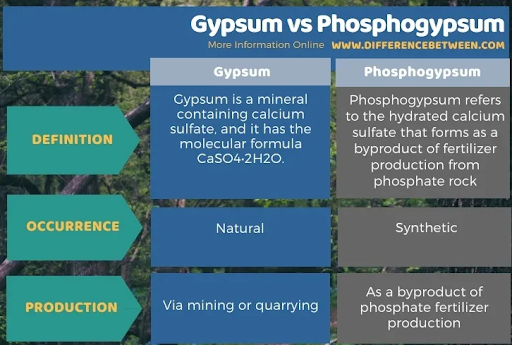In news– NHAI along with Department of Fertilizers, Ministry of Chemicals & Fertilizers is going to take up field trials on NHAI projects for use of Phosphor-Gypsum in National Highway construction to achieve a circular economy in the use of Gypsum.
Key updates-
- The road was evaluated by Central Road Research Institute (CRRI) and based on their report, the Indian Road Congress (IRC) has accredited neutralized Phosphor-Gypsum waste material for road construction for a period of three years.
- The fertilizer company and CRRI have been asked to take up field trials on an NHAI project to evaluate performance of Phosphor-Gypsum on a National Highway and to generate confidence among various stakeholders on use of Phosphor-Gypsum waste material in Highway construction.
- NHAI is also encouraging use of waste plastic in road construction, which has already been tested very successfully.
- Studies have established that roads built using plastic waste are durable, sustainable and increases life of the bitumen.
- Construction of one kilometre of 4-lane highway helps in disposal of approximately seven tons of plastic waste.
- Similarly, NHAI has used ‘Fly Ash’ – fine residue of coal combustion in the Thermal Power Plants (TPPs) for construction of Highways and flyover embankments.
- The 135 km long, six lane ‘Eastern Peripheral Expressway’, used 1.2 crore cubic meter of fly-ash in its construction.
- NHAI has been encouraging the innovative use of new materials and is focused on reducing the carbon footprint, enhancing durability and making construction more economical.
What is Phosphor-Gypsum?
- Phosphogypsum (PG) is the calcium sulphate hydrate formed as a by-product of the production of fertilizer from phosphate rock.
- It is mainly composed of gypsum (CaSO4·2H2O).
- Although gypsum is a widely used material in the construction industry, phosphogypsum is usually not used, but is stored indefinitely because of its weak radioactivity caused by the presence of naturally occurring uranium (U) and thorium (Th), and their daughter isotopes radium (Ra), radon (Rn) and polonium (Po). The long-range storage of phosphogypsum is controversial.

















